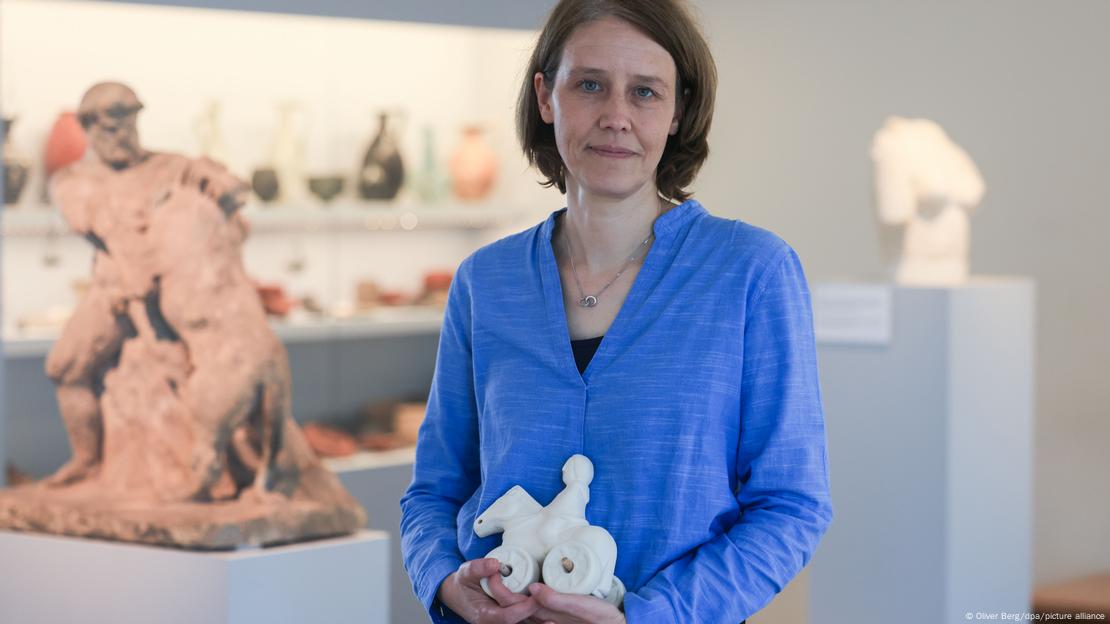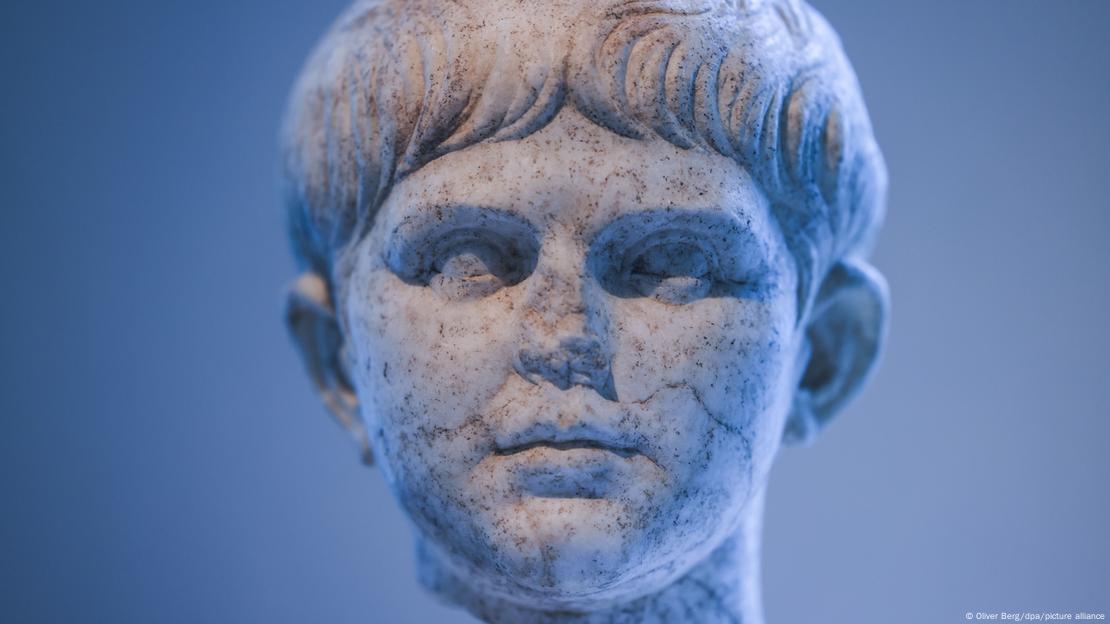Some of the children’s toys in Roman times were hardly different from those found under the Christmas tree today
Gladiators were the heroes of the Roman era, so it should come as no surprise that children back then also wanted to play with gladiator figures. One of them is even exhibited in the Roman-Germanic Museum in Cologne. He wears a helmet, holds a sword and a shield – you can even see his kneecaps. Of course, the figure of the gladiator is so abstract that today’s kids might think it’s… an astronaut.
Another Roman toy is a horse pulling a chariot with a rider. “ROX” and “TANS” are the two words, which are carved on the horse. These may form one word, “Roxtanus” that is, says Katrin Jaschke, curator and deputy director of the Cologne Museum Service. Perhaps this is a toy meant for a certain child, Roxtanus. Or maybe that’s what the game is called.
Most toys from Roman times have not survived because they were made of perishable materials: rag balls and wooden figures. After all, not everyone could afford to buy their children expensive toys made of terracotta…

“A very popular game that we know from Roman literature is the simple, common nut,” explains Yaske. “The kids played with them a lot, just like we played with the boules. It was so widespread that there was even a saying about it back then: ‘Leaving the nuts behind’ – a metaphor for childhood being a thing of the past.”
The plastic of the Romans was bones
The ankles of sheep and goats were also popular games. It is a small bone, but it has four characteristic sides. With a little imagination it could be used as a versatile game, for juggling but also as a dice.
“The Romans made many things out of bones,” says Yaske. “The bones were basically their plastic. If you give them to kids today, at first they often think they’re plastic – they look so much alike.”
Christmas in ancient Rome and a child called Nero
Did children get presents for Christmas in ancient Rome? Christmas began to be celebrated no later than the last period of the Roman Empire, when Christianity had become the official state religion.

“We don’t know specific details,” says Katrin Jaske. “But what we do know is that the Christians placed some of their feasts on established pagan feasts. And December 24th, 25th and 26th were previously holidays dedicated to the god Mithras, who was also a figure of “redemption” and therefore very close to the ideas of Christianity.
The Romans also celebrated the so-called Saturnalia from December 17 to 27, a mixture of religious festival and carnival. “And then gifts were also given”says the expert from Cologne.
Incidentally, the Romano-Germanic Museum also has a bust of a child on permanent display. She looks really real, even if the nose is broken. However, the sweet child depicted grew into a…not-so-kind adult: Emperor Nero.
Edited by: Chrysa Vachtsevanu

Source :Skai
I am Frederick Tuttle, who works in 247 News Agency as an author and mostly cover entertainment news. I have worked in this industry for 10 years and have gained a lot of experience. I am a very hard worker and always strive to get the best out of my work. I am also very passionate about my work and always try to keep up with the latest news and trends.










